To know the field of energetics starts here #first lesson.

Objectif 🎯
This article is prepared by @firasdidac and @energiesnow for general knowledge about refrigerants:
🎯 Put yourself on a solid foundation for the discovery of the energy field.
🎯 To ask questions that help you to further your research.
🎯 Be on the news page
(I wish you a good reading).
Abstract: 📜
In this summary, we will see the interest of the refrigerant in our daily life and in the world, its impact on the environment, the processes and protocols to be followed according to the regulations, its physical and technical specifications, and its last news.
What is the refrigerant?
Refrigerant is a mixture of chemical substances. This mixture has very special characteristics under specific conditions, such as its physical state, temperature, pressure, etc.
Who produced the first refrigerant?
In 1929, the American engineer Thomas Jr. Midgley, and his team produced the first molecules of dichloro-difluoro-methane (CCl2F2) or R12.
Why the refrigerant?
The interest in refrigerants lies in their frequent transformation and their power to provide or release a significant amount of thermal energy (heat) with the change of its conditions.
Where can we find this refrigerant?
In our daily life, we use refrigerants to cool the atmosphere, to preserve our food, to produce ice ... etc.
Any installation that transports heat, to release it or bring it, can only operate with a heat carrier. Water and air are heat carriers. But the refrigerant is a more important coolant if we compare its specific heat (calorific value) with other fluids. This material is found in refrigerating machines such as refrigerators, freezers for preserving food, condensing units for cold rooms, chilled water units for water cooling, the split and rooftop system for air cooling and other refrigeration machines used in industry. The car's air conditioner runs on refrigerant.
How can they be classified?
Historically, according to the Montreal Protocol to phase out ozone-depleting substances (O3), refrigerant is classified into three families, and a fourth is set after, according to their chemical compositions. With a long-term strategy to minimize global pollution. Each time gradually represents a ban of a family according to the importance of its impact on the environment, until reaching the goal.
*Family I [CFCs (Cloro-Fluoro-Clorure)]:
Chlorine (Cl), Fluorine (F) and Carbon (C). Due to the reaction of chlorine to the ozone layer (O3), it is a refrigerant banned since 2004.
Examples: R10 [Methane tetraclorure (C Cl4)], R11[Trichlo-fluoro-methane (C Cl3 F), R12 [Dichloro-difluo-romethane (C Cl2 F2)] ...
- Family II [HCFCs (Hydro-Cloro-Fluoro-Carbide)]:
Hydrogen (H), Chlorine (Cl), Fluorine (F) and Carbon (C). Its impact on the ozone layer (O3) is less reactive than the CFC. It is a transition fluid from family I to family III.
Examples: The famous R22 [Chloro-hydro-fluoro-methane (CH Cl F2)], with its performance and its wide range of use, it has been used almost in all areas (Tertiary, commercial for positive and negative cold rooms, industrial, transport, etc.).
- Family III [HFC (Hydro-Fluoro-Carbide]:
Composed of Hydrogen (H), Fluorine (F) and Carbon (C). This refrigerant does not contain any particles of Chlorine (Cl). It is a fluid that does not 'has any effect on the ozone (O3) layer.
Examples: R407C (mixture of R32 + R134a + R125), R410a (mixture of R32 + R125), R134a tetra-fluoro-ethane (C2H2F4)… etc.
What is the news about refrigerants?
The production of CFCs and HFCs have been totally banned for some time. A new sustainable development goal currently SDG concerning the environment, driven by the F-GAZ standards to minimize the causes of the greenhouse effect which relates to the global warming potential (GWP).
Noted well: 📢 The unit of measurement used to assess the potential warming of a greenhouse gas according to its lifespan in the atmosphere and its capacity to absorb infrared rays.
The orientation in the international market is directed towards the use of natural refrigerants like ammonia (R717), CO2(R744), propane (R290) ...
I want to know more about refrigerants: 📝💼
The stereotypy of refrigerants is categorized according to its homogeneity (pure or mixture) and its original composition (natural or artificial). Here we find natural refrigerants, purs refrigerants, azeotropic refrigerants and azeotropic refrigerants.
I see you soon, in the next lesson
Thanks for your attentions 👩🎓👨🎓
Do not hesitate to comment on post.
👇👇👇
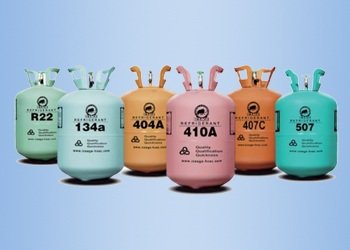



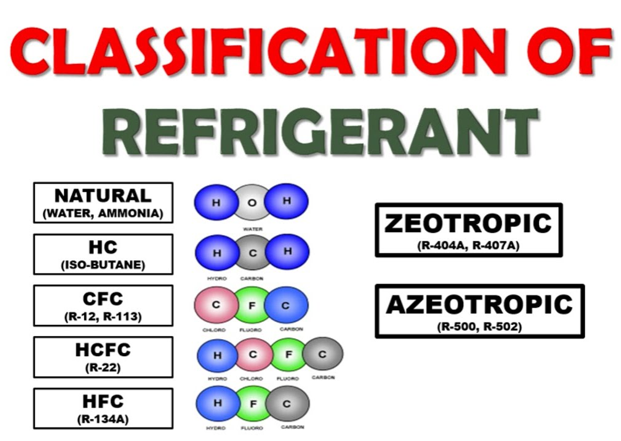
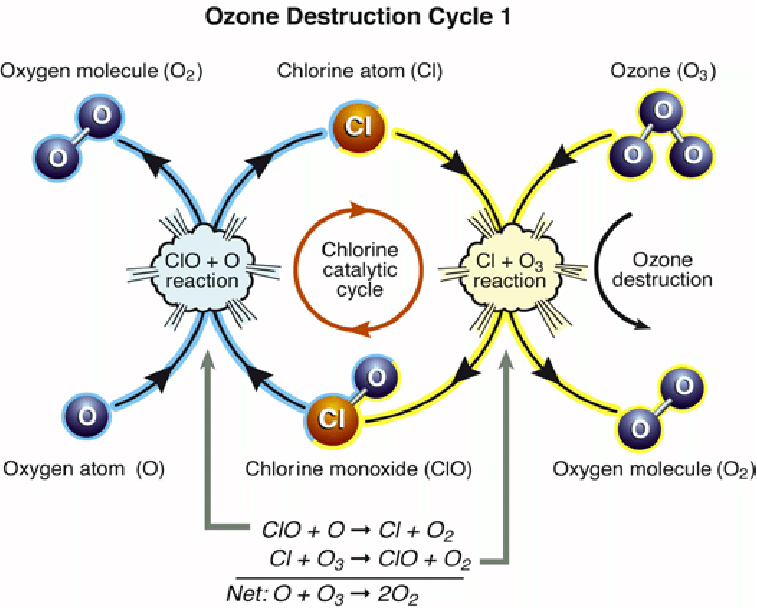
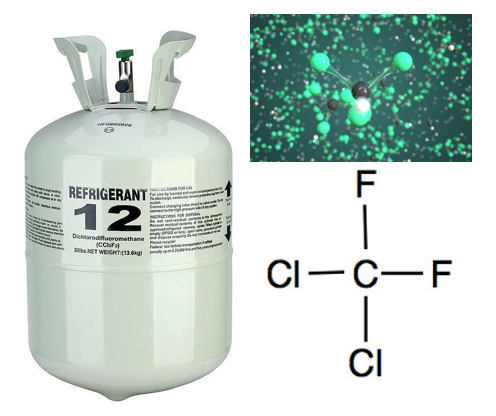
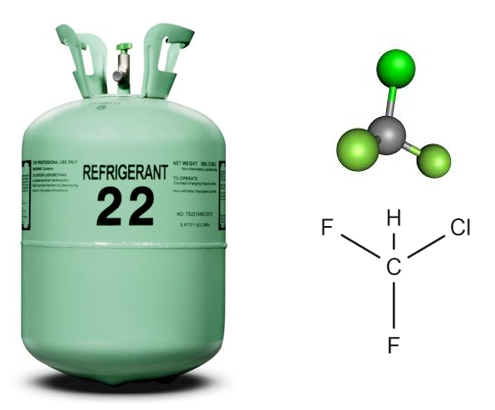


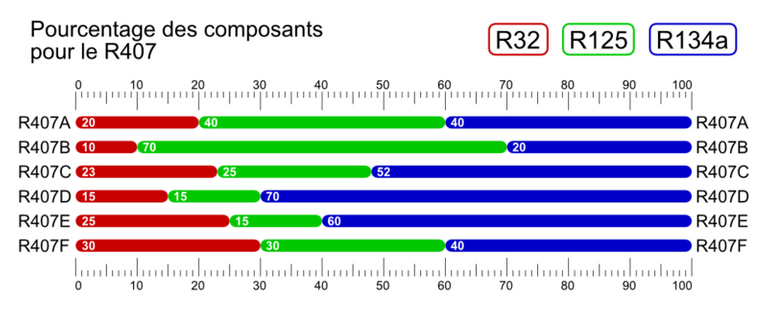
This work I developed with my student @energiesnow to bring you more knowledge and prepare you for the next class.
Thanks, @energiesnow for your help.
Ce travail que j'ai développé avec mon élève @energiesnow pour vous apporter plus de connaissances et vous préparer pour le prochain cours.
Merci @energiesnow pour votre aide.
It is I, who thank you Mr. @firasdidac for all your efforts to teach me.
C'est moi qui vous remercie Monsieur @firasdidac sur tous vos efforts pour m'apprendre.
Congratulations 👍🏅
Mes félicitations, et merci pour l'ajout M. @firasdidac
Bonjour M. @firasdidac. Félicitations pour votre joli travail.
Félicitations M. Firas.
Toutes mes félicitations 🎊🎊
It's a perfect lesson i encourage you to continue
Congratulations @energiesnow! You have completed the following achievement on the Hive blockchain and have been rewarded with new badge(s):
Your next target is to reach 50 upvotes.
Your next target is to reach 50 upvotes.
You can view your badges on your board and compare yourself to others in the Ranking
If you no longer want to receive notifications, reply to this comment with the word
STOPTo support your work, I also upvoted your post!
Check out the last post from @hivebuzz:
Thank you @hivebuzz for This encouragement . 👍
You are welcome @energiesnow! It is great to see you are doing your first steps! Great work!
📢📢📢 @ocdb , @angelblanc , @lovesniper, @ecency , @toc ,@marcocasario , @smartsteem , @borivan , @postpromoter , @therealwolf , @takowi , @hivebuzz , @maoyagi , @roelandp , @good-karma , @photographercr, @steempress , @bdmillergallery , @shmoogleosukami , @jlsplatts , @howo , @florenceboens , @tombstone , @edu-venezuela , @walterjay , @mondhero , @evaluator and everyone from the hive. You are honourably invited to follow my energy education project which begins with this introductory course. thanks in advance for all the encouragement you provide. 🤴👸
Yay! 🤗
Your content has been boosted with Ecency Points, by @firasdidac.
Use Ecency daily to boost your growth on platform!
Support Ecency
Vote for new Proposal
Delegate HP and earn more
The next article on the operation of the refrigeration circuit. [FR/ENG].
thank you received.
This presentation on refrigerants is very interesting and enlightens on many points.
@energiesnow, thank you for supporting the HiveBuzz project by voting for our witness.
Click on the badge to view your Board of Honor.
Once again, thanks for your support!
Check out the last post from @hivebuzz:
Thank you @hivebuzz for your gratitude 🌹🎖️
You're welcome @energiesnow
BTW, your support for our proposal this year has been much appreciated but it will end in a few days!
Do you mind renewing your vote for 2022 on Peakd, ecency, Hive.blog or using HiveSigner so we can keep up the good work!
https://peakd.com/me/proposals/199
Thank you.
With pleasure @hivebuzz. We, me @energiesnow and @firasdidac, find your work serious and welcoming.
This is the minimum that we follow your messages and vote for you.
I wish you success and good luck.
Thank you. Looking forward to getting your vote on our proposal 🙂⏳
Félicitation et bon continuation @firasdidactique
Intéressant 👍🎗️
Thanks @firasdidac and @energiesnow.